In the 3rd installment in our series, you will learn that coordination is not one skill, but rather a combination of many specific elements of physical development. As with other skills, there are unique times during development in which there are increased opportunities for learning. Introducing, practicing, and progressing coordination skills helps kids improve both confidence and competence for physical activity.
Between the ages of about 7 and 14 (with about 10 years old being “prime time”) the motor centers of the brain are primed for the development of various elements of coordination. While these skills should be introduced at a young age, this age range offers a unique opportunity during brain development to accelerate the development of these skills.
What is coordination anyway?
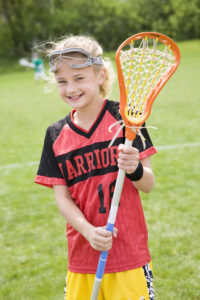
Coordination is not one skill but is rather composed of seven elements described by Drabik (1996) to include: balance, multi-limb synchronization, kinesthetic control, movement efficiency, spatial precision, reaction, and rhythm.
As you can see from Part 2 of this series, these coordination skills are “built” from various aspects of sensory skills. Coordination training starts combining and sharpening many of the sensory skills.
Following is a table with a list of the elements that make up coordination and the ages in which the motor centers of the brain are the most primed to develop them. Again, age is a merely a guideline based on the average developmental trajectory. Some kids may beat the curve, some may be behind. Pay attention to your young athletes’ needs!
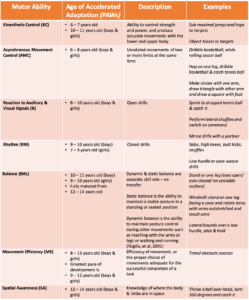
Coordination is a lot more than meets the eye! As you can see, training the various components of coordination relies heavily on a solid grounding of sensory awareness. It is also crucial to train the elements of coordination at the right time to maximize the results and set the stage for fine tuning the fundamental and complex movement skills introduced in Part 4.
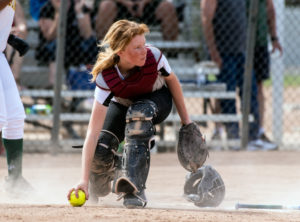 Once a child has mastered a coordination skill, it’s important that they are challenged with new skills. To teach new coordination skills, the exercises must be continuously adapted and varied. Once a skill is mastered it is not necessary to come up with completely new drills. Instead, previously learned skills can be subtly altered to create new challenges.
Once a child has mastered a coordination skill, it’s important that they are challenged with new skills. To teach new coordination skills, the exercises must be continuously adapted and varied. Once a skill is mastered it is not necessary to come up with completely new drills. Instead, previously learned skills can be subtly altered to create new challenges.
For instance, you could have your young athletes practice balance by walking heel to toe on a line on the field. Once mastered you can add a time element; they have to do it in 10 seconds. Finally, you could have them do it for time while tossing and catching a beanbag.
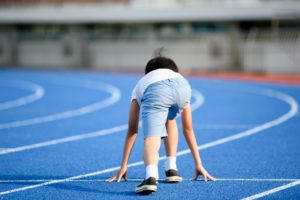
While increased strength, speed, endurance and mobility can improve coordination, it is noteworthy that the converse is also true. Good coordination can increase speed and strength, as muscles are more efficiently recruited as a result of improved neuromuscular rhythm.
We now understand that at the onset of organized training, our first goal is to facilitate all kinds of movement so kids can develop their perceptual motor skills. We can then start highlighting these specific skills associated with coordination.
The final step discussed in part 4 of this series will be to use this base of sensory awareness and coordination to develop the specific fundamental movement skills used in sports and other activities.
Brett Klika CEO and co-founder of SPIDERfit is an international award- winning certified strength and conditioning coach, author, and motivational speaker with over 20 years experience motivating and inspiring youngsters to a life of health, fitness, and performance.
Brett consults with schools, athletic organizations, fitness professionals, and fortune 500 companies around the world.

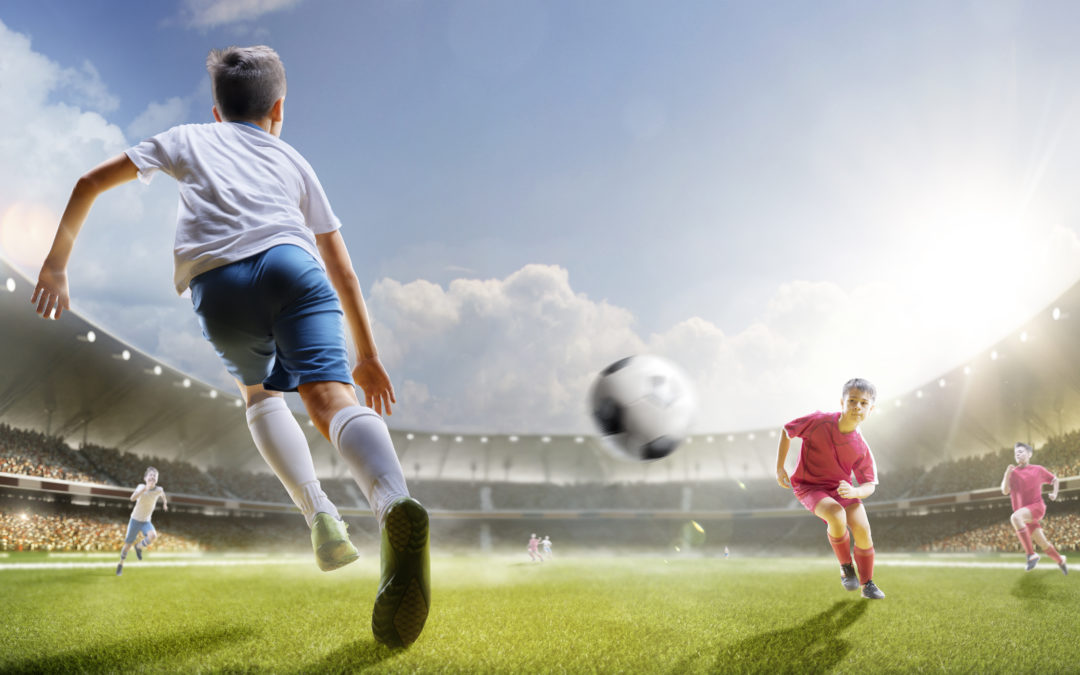



Connect with SPIDERfit!